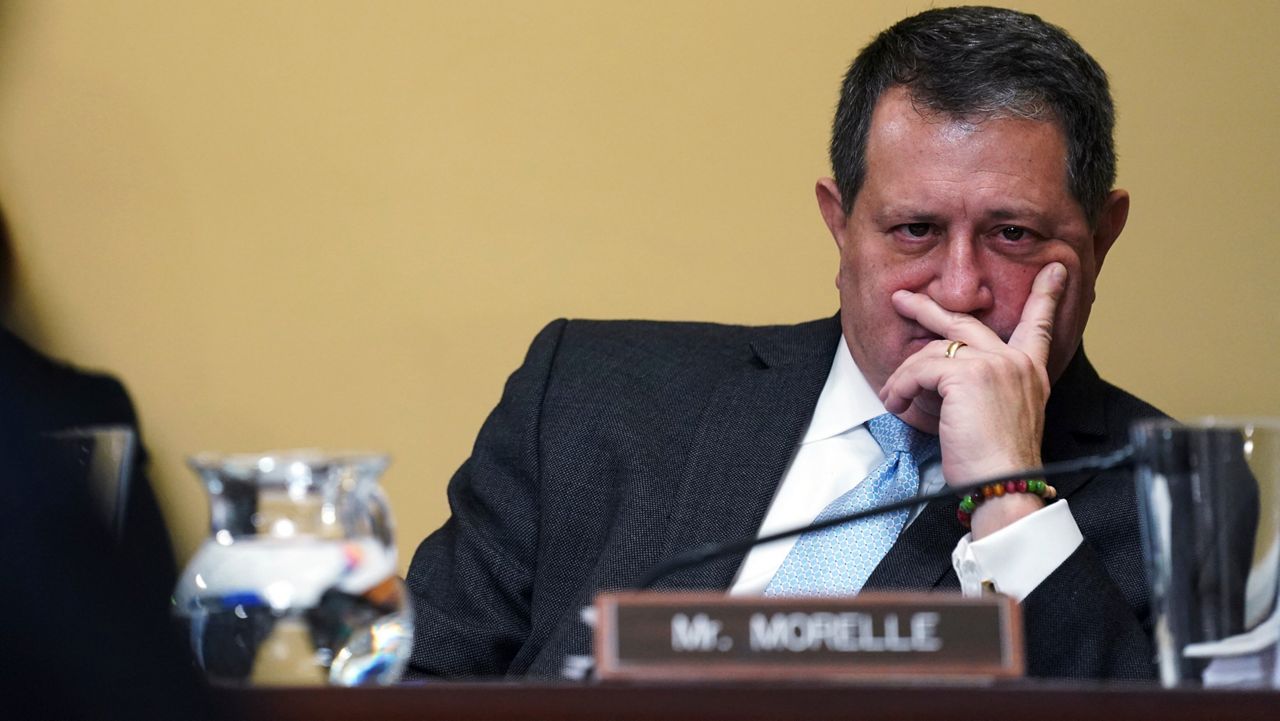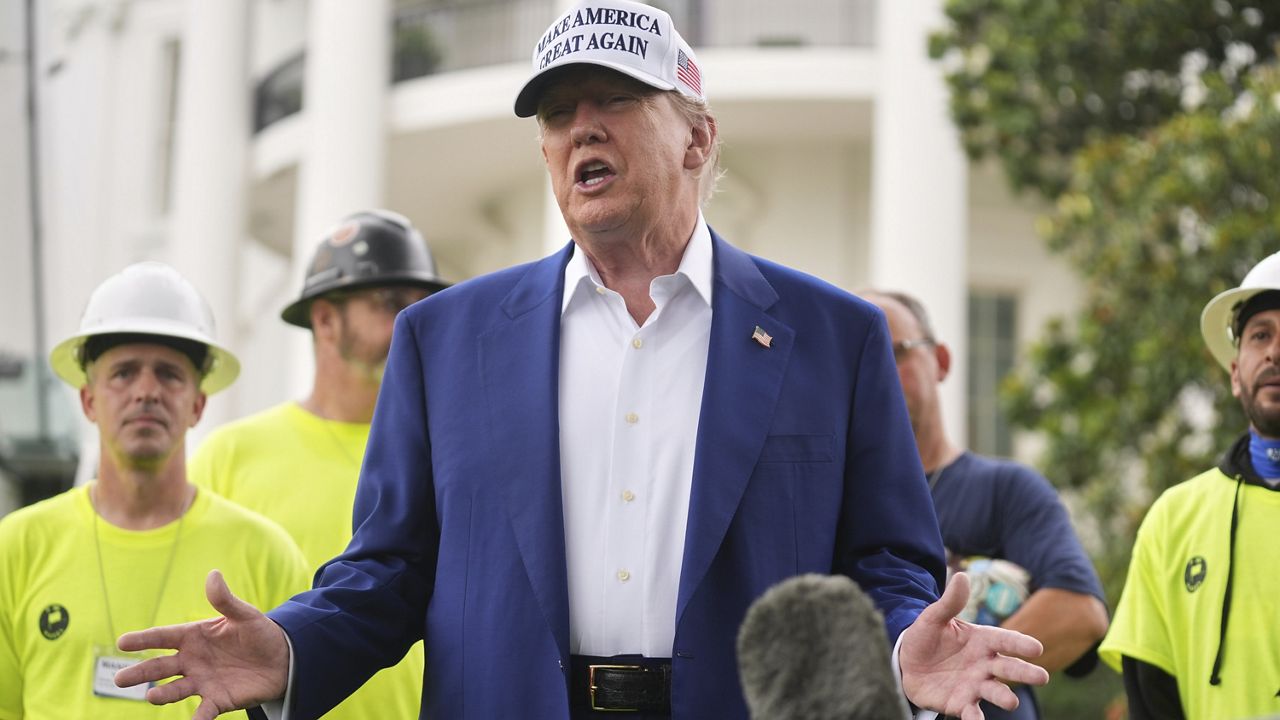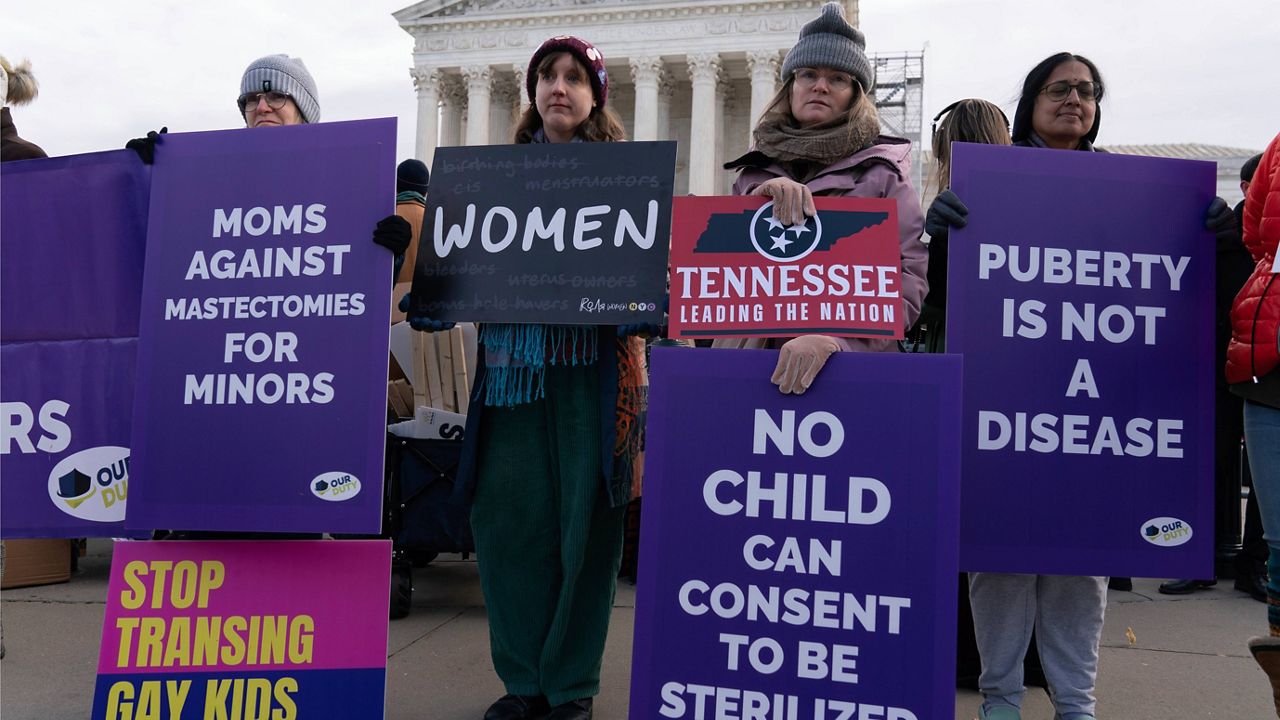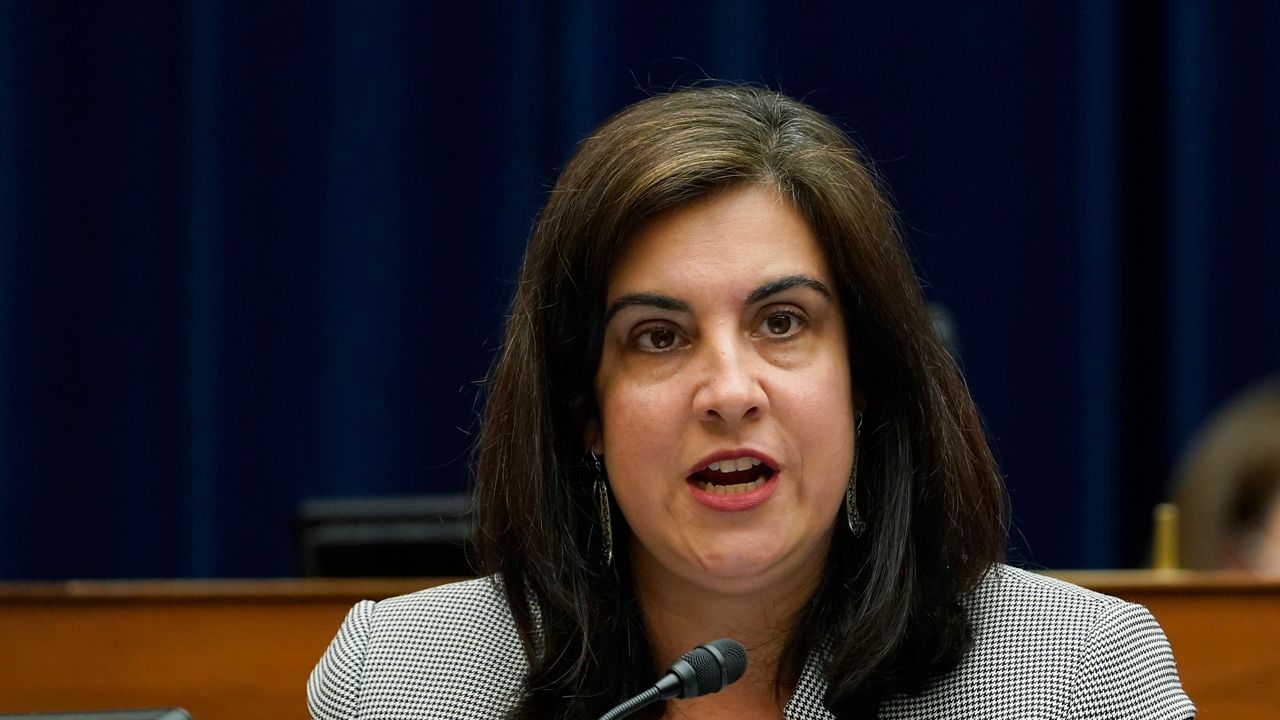MADISON, Wis. — Hundreds of millions of federal dollars could make their way to Madison to bridge the divide between neighborhoods on the city’s south side.
Today, fencing and the Beltline Highway cuts Perry Street in half. While it picks up on the other side, folks living north of the highway say it’s hard to reliably get to the employment opportunities awaiting them on the other side.
"It's a mix of commercial and industrial areas. It's relatively affordable housing for what it is in Madison. And yeah, then you have these major traffic arteries going through and kind of segmenting it into different parts that make it difficult to get from one part to the other," Harald Kliems, president of the advocacy group Madison Bikes, said.
It is a divide that’s even worse for those on foot or two wheels — a problem, Kliems believes, that has contributed to long-disinvestment in the area.
"I think this is definitely part of a historical pattern of highways dividing communities," Kliems said. "I think, in this particular case, it's not so much that there was an existing community that saw buildings torn down and you built a freeway through. It's more so that the freeway was built — I think in the 1950s or 60s — at a point where there was not a whole lot there yet. But, by virtue of it being built, that cemented these development patterns."
But Madison Mayor Satya Rhodes-Conway is pushing for a change. She was one of a room full of VIPs from Wisconsin in Washington last week for the Biden Administration’s “Communities in Action” event. The half-day forum brought local elected officials and community leaders to the White House to highlight federal investments and the impact they are having in communities throughout the country. Similarly, Rhodes-Conway touted the difference the money earmarked in the 2021 bipartisan infrastructure law could make.
"I'm hopeful that we'll be able to get that work done because it really does help to stitch the community back together," she said.
Outlined in the city’s South Madison Plan, hundreds of millions of dollars would go to developments across the area. At Perry Street, a new bridge would go above the Beltline but would be designed to allow bikers, pedestrians and cars to share the road.
The city applied in October for the money to pay for it all under the U.S. Department of Transportation's Reconnecting Communities grant. The program aims to undo the legacy of the post-World War II highway construction and reunite fractured neighborhoods.
"The investments that we're making in bike infrastructure and pedestrian infrastructure and transit, but also in safety on our streets, are really important," said Rhodes-Conway.
Kliems is also hopeful that this federal investment could bring new opportunities within reach of folks in the area.
"Being mindful that this reconnecting takes into account people using all kinds of modes of transportation, that's really important," said Kliems.









